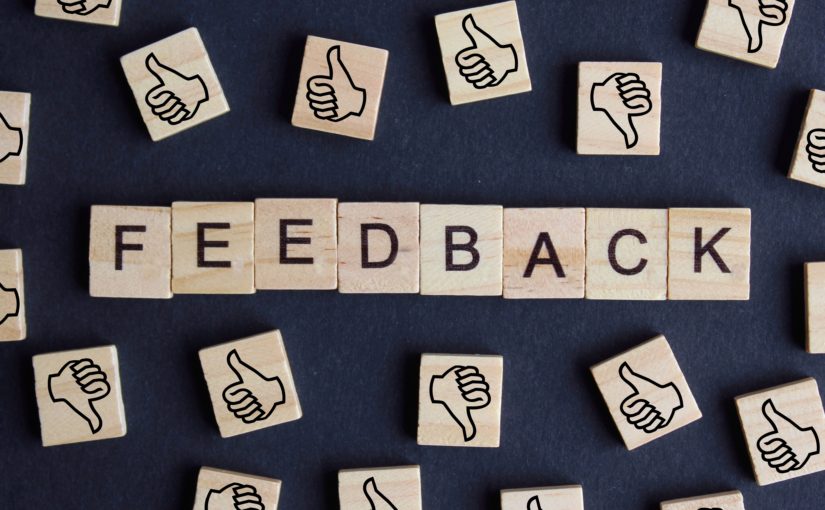Different studies have shown that it is possible to live a better life in old age.
Various aspects and actions, as well as collaborative relationships between people, increase well-being and positive mindset in old age. These found patterns are called the relationship matrix.
The four pillar of the relationship matrix are from each other dependent. All together are called „the diamonds of life-span“.
These pillars of „the diamond of life-span“ are:
- Relationship resources: Neighbors, friends, acquaintances, positive people of the past, where dialogs are still happened in the mind, belong to this group.
- Personal health / well-being: this are the medical standards and the personal view on the own health.
- Positive mindset: The individual happiness, optimism and well being of the own life
- Activity: The active participation on mental and body activities
These four pillars influence each other and interact with each other.
Here are some influences of the relationships, which are through research proven:
Relationship resources <=> personal health / well-being
People with good relationship are active together, caring for each other. Studies showed that recovery from a mental or physical illness are faster when strong positive emotional relationship are there. People are more willingly to go to physician, when a partner is on their side. To make new acquaintances happens easier when you feel healthy.
Relationship resources <=> positive mindset
Positive relationships build self-confidence and support to build meaningful goals as well give solace in heavy times. Positive attitude towards life and your self leads to more empathy, love, friendliness, and indulgence. This together improves and deepen relationship.
Positive mindset <=> activity
Positive mindset leads to trust and optimism. Activities leads to positive memories and happier feelings. Activities is in relation to satisfaction
Positive mindset <=> personal health / well-being
Researcher is convinced that positive mindset leads to personal health and well-being. In a nun study researcher found that positive emotions written in a youth diary leads to an older age. Nuns which express fewer positive emotions in the youth died to 54% under the age of 80. Compared with the nuns with positive emotions in their diary only 24% died under 80
Personal health / well-being <-> activity
Personal health enables more activity, and more activity leads to better health.
Relationship resources <-> activity
Relationship invites to more activities. This extent the own interests and creates curiosity. An active live lead to more social activities and supports in this way the relationship.
Looking at the four pillars the most important of this is the relationship to others, as this is the source for well-being and a healthy aging.
Let this diamond shine over your lifespan.
To read more about it, klick here





